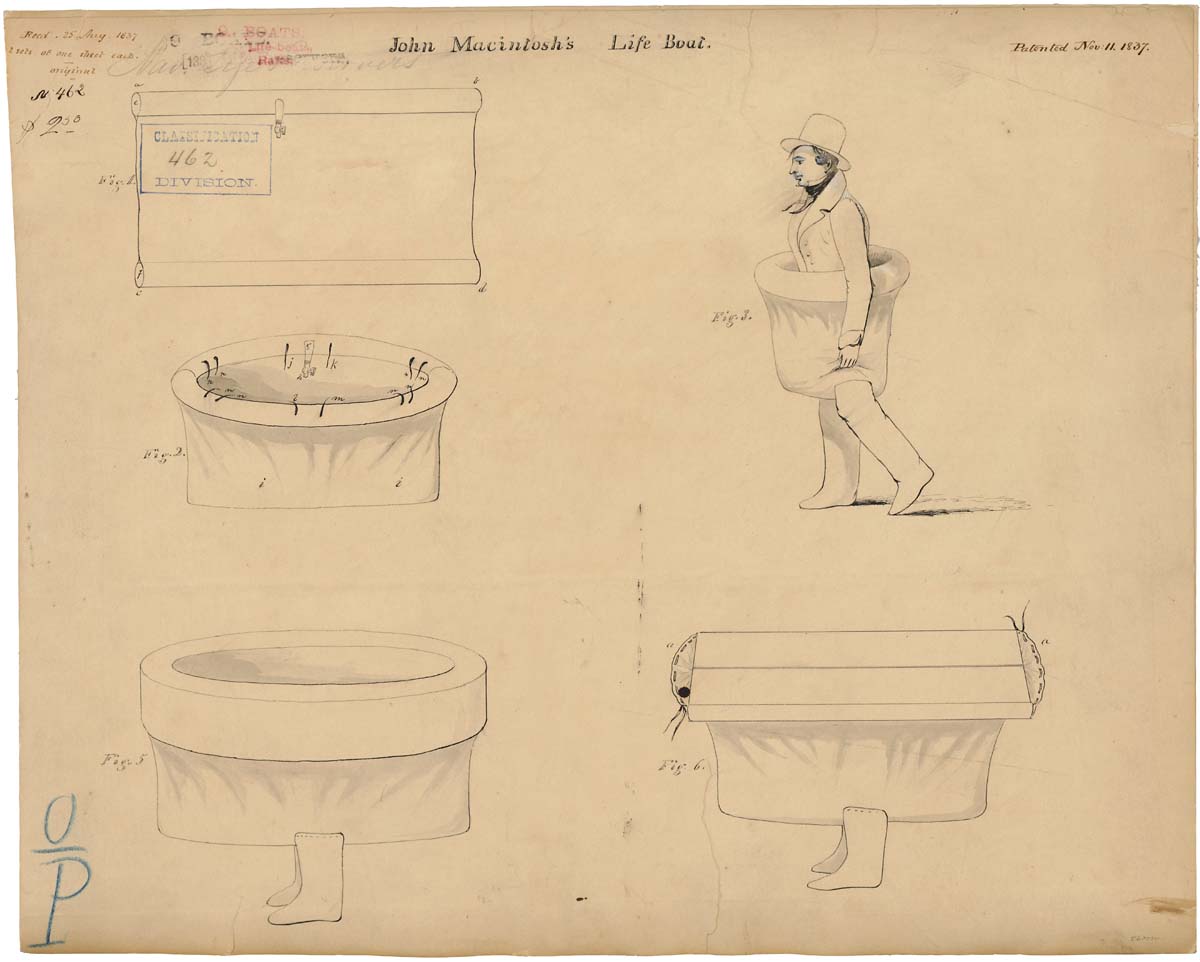Editorial
Many magazines rush to cover the latest news. Works That Work is interested in the impact of design and forgotten ideas worth a second look.
Many magazines rush to cover the very latest news, racing to be the first to get a story out. Works That Work focuses instead on the impact of design, on the difference that creativity makes in users’ everyday lives, on a result that is impossible to describe until an idea has been tried; the newest ideas are unproven, often still unrealised, only the vision of change, not yet a reality. Relevance, not recentness, is what makes us sit up, take notice and start to wonder whether we are looking at a potential WTW story.
You seem to enjoy a good story
Sign up to our infrequent mailing to get more stories directly to your mailbox.In this issue we investigate overlooked ideas. Perhaps in some ways they are failures, concepts that for various reasons never succeeded in making the transition to reality, in bringing the change their creators envisioned. Yet those failures can teach us as much as many successes, and perhaps even more. Unified Arabic, for example, is a proposal to simplify Arabic typography and potentially improve literacy levels in the Middle East. It has been rejected not on functional but political and cultural grounds, as is often the case with projects that involve fundamental societal changes. Another project, the World Passport, is a utopian attempt to erase all national borders. As usual, the issue comes with a mix of material that goes beyond its theme. Enjoy reading it, and do let me know what you thought.
Some ideas come back.

In the early days of the auto industry there was considerable concern over the dangers presented to pedestrians by the new machines (some of which could achieve speeds of up to 45 mph/72 kph!) as demonstrated by this early scooping device from the 1920s. Although manufacturers soon turned their focus to protecting the passengers, pedestrian safety has made a comeback in the external airbag in the recent Volvo V40. This year, one of the patents registered by Google for its self-driving car is for a bumper that includes impact-reducing air sacs that deploy in the event of a collision with a pedestrian. (Photo: Harris Ewing, photographer, courtesy of the Library of Congress.)

System for pedestrian leg protection in vehicle impact. US 8,985,652 B1, Google Inc. (Courtesy of US Patent and Trademark Office.)
And some don’t.

This idea of a personal life boat, which received US patent protection in 1837 never caught on. The inventor John Macintosh claimed that it could be used ‘for the saving of persons and property, for the conveyance of troops, baggage, and other articles across rivers, &c., and for various other useful purposes.’ (Image courtesy of the U.S. National Archives)
